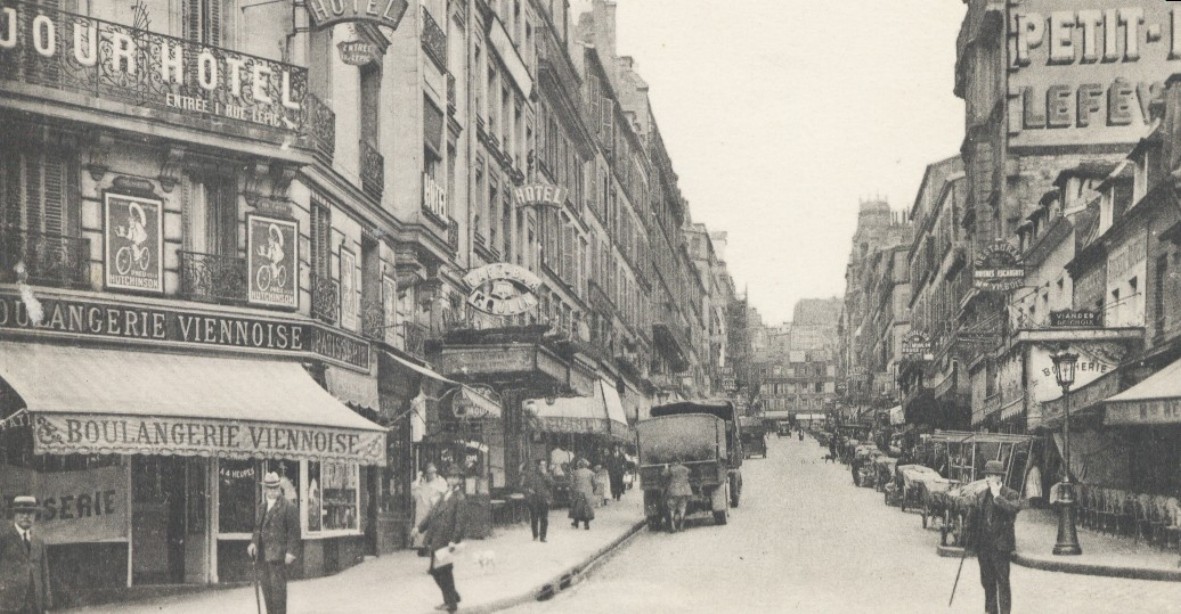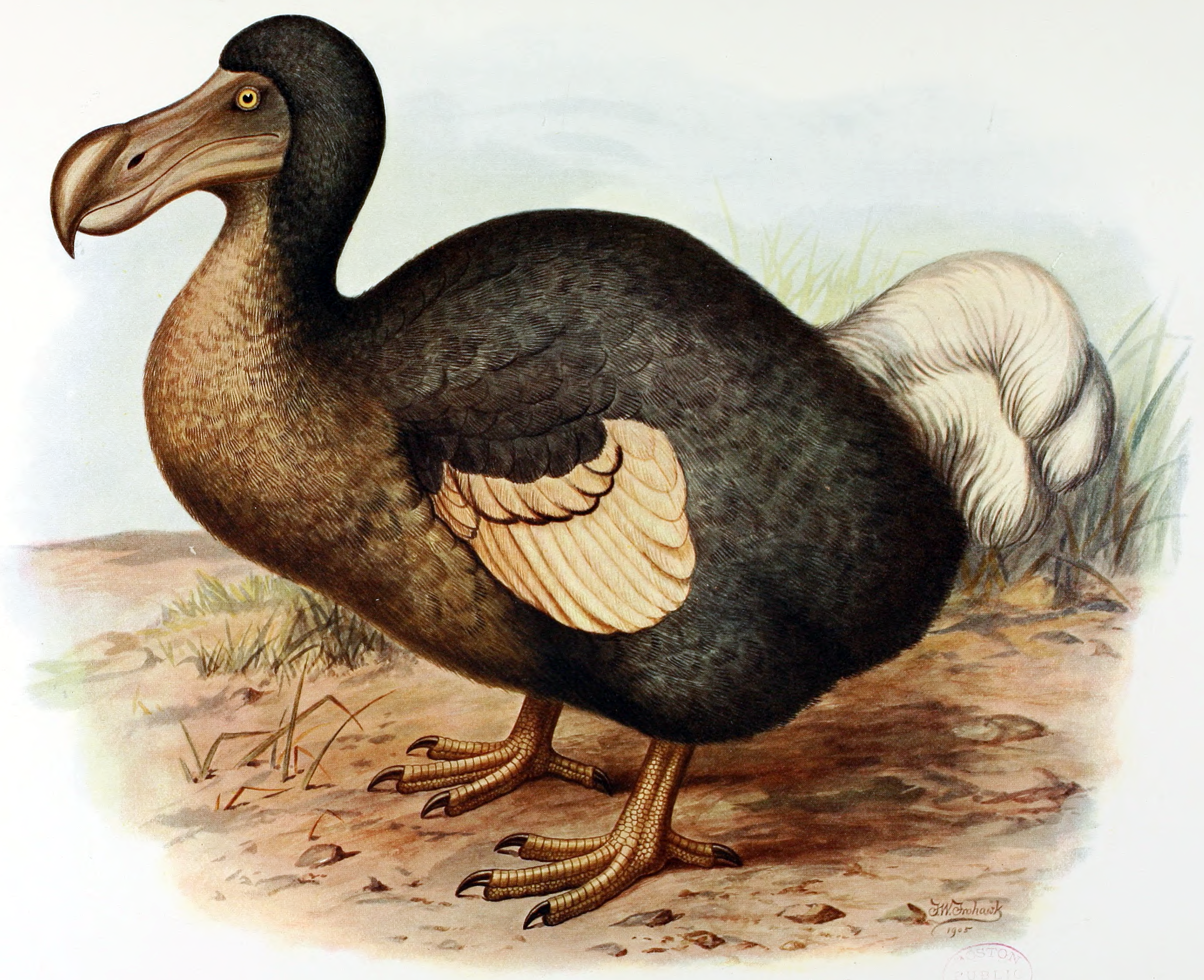|
Arthur Gardiner Butler
Arthur Gardiner Butler F.L.S., F.Z.S. (27 June 1844 – 28 May 1925) was an English entomologist, arachnologist and ornithologist. He worked at the British Museum on the taxonomy of birds, insects, and spiders. Biography Arthur Gardiner Butler was born at Cheyne Walk, Chelsea, London. He was the son of Thomas Butler (1809–1908), assistant-secretary to the British Museum.Thomas Butler: He was educated at St. Paul's School,He was admitted 15-03-1854, according to: later receiving a year's tuition in drawing at the Art School of South Kensington. At the British Museum, he was appointed as an officer with two roles, as an assistant-keeper in zoology and as an assistant-librarian in 1879. He retired in 1901 and devoted his later life to his garden and cagebirds. Butler published many works on butterflies and moths, but Reginald Innes Pocock described these as merely "useful". He also published articles on spiders of Australia, the Galápagos, Madagascar Madaga ... [...More Info...] [...Related Items...] OR: [Wikipedia] [Google] [Baidu] |
Chelsea, London
Chelsea is an area in West London, England, due south-west of Kilometre zero#Great Britain, Charing Cross by approximately . It lies on the north bank of the River Thames and for postal purposes is part of the SW postcode area, south-western postal area. Chelsea historically formed a manor and parish in the Ossulstone hundred of Middlesex, which became the Metropolitan Borough of Chelsea in 1900. It merged with the Metropolitan Borough of Kensington, forming the Royal Borough of Kensington and Chelsea upon the creation of Greater London in 1965. The exclusivity of Chelsea as a result of its high property prices historically resulted in the coining of the term "Sloane Ranger" in the 1970s to describe some of its residents, and some of those of nearby areas. Chelsea is home to one of the largest communities of Americans living outside the United States, with 6.53% of Chelsea residents having been born in the U.S. History Early history The word ''Chelsea'' (also formerly ' ... [...More Info...] [...Related Items...] OR: [Wikipedia] [Google] [Baidu] |
Reginald Innes Pocock
Reginald Innes Pocock, (4 March 1863 – 9 August 1947) was a British zoologist. Pocock was born in Clifton, Bristol, the fourth son of Rev. Nicholas Pocock and Edith Prichard. He began showing interest in natural history at St. Edward's School, Oxford. He received tutoring in zoology from Sir Edward Poulton, and was allowed to explore comparative anatomy at the Oxford Museum. He studied biology and geology at University College, Bristol, under Conwy Lloyd Morgan and William Johnson Sollas. In 1885, he became an assistant at the Natural History Museum, and worked in the section of entomology for a year. He was put in charge of the collections of Arachnida and Myriapoda. He was also given the task to arrange the British birds collections, in the course of which he developed a lasting interest in ornithology. The 200 papers he published in his 18 years at the museum soon brought him recognition as an authority on Arachnida and Myriapoda; he described between 300 a ... [...More Info...] [...Related Items...] OR: [Wikipedia] [Google] [Baidu] |
19th-century British Zoologists
The 19th century began on 1 January 1801 (represented by the Roman numerals MDCCCI), and ended on 31 December 1900 (MCM). It was the 9th century of the 2nd millennium. It was characterized by vast social upheaval. Slavery was Abolitionism, abolished in much of Europe and the Americas. The First Industrial Revolution, though it began in the late 18th century, expanded beyond its British homeland for the first time during the 19th century, particularly remaking the economies and societies of the Low Countries, France, the Rhineland, Northern Italy, and the Northeastern United States. A few decades later, the Second Industrial Revolution led to ever more massive urbanization and much higher levels of productivity, profit, and prosperity, a pattern that continued into the 20th century. The Catholic Church, in response to the growing influence and power of modernism, secularism and materialism, formed the First Vatican Council in the late 19th century to deal with such problems an ... [...More Info...] [...Related Items...] OR: [Wikipedia] [Google] [Baidu] |
1925 Deaths
Events January * January 1 – The Syrian Federation is officially dissolved, the State of Aleppo and the State of Damascus having been replaced by the State of Syria (1925–1930), State of Syria. * January 3 – Benito Mussolini makes a pivotal speech in the Italian Chamber of Deputies (Italy), Chamber of Deputies which will be regarded by historians as the beginning of his dictatorship. * January 5 – Nellie Tayloe Ross becomes the first female governor (Wyoming) in the United States. Twelve days later, Ma Ferguson becomes first female governor of Texas. * January 25 – Hjalmar Branting resigns as Prime Minister of Sweden because of ill health, and is replaced by the minister of trade, Rickard Sandler. * January 27–February 1 – The 1925 serum run to Nome (the "Great Race of Mercy") relays diphtheria antitoxin by dog sled across the U.S. Territory of Alaska to combat an epidemic. February * February 25 – Art Gillham records (for Columbia Re ... [...More Info...] [...Related Items...] OR: [Wikipedia] [Google] [Baidu] |
1844 Births
In the Philippines, 1844 had only 365 days, when Tuesday, December 31 was skipped as Monday, December 30 was immediately followed by Wednesday, January 1, 1845, the next day after. The change also applied to Caroline Islands, Guam, Marianas Islands, Marshall Islands and Palau as part of the Captaincy General of the Philippines; these became the first places on Earth to redraw the International Date Line. Events January–March * January 4 – The first issue of the Swedish-languaged ''Saima'' newspaper founded by J. V. Snellman is published in Kuopio, Finland. * January 15 – The University of Notre Dame, based in the city of the same name, receives its charter from Indiana. * February 27 – The Dominican Republic gains independence from Haiti. * February 28 – A gun on the USS ''Princeton'' explodes while the boat is on a Potomac River cruise, killing U.S. Secretary of State Abel Upshur, U.S. Secretary of the Navy Thomas Walker Gilmer and four other people. ... [...More Info...] [...Related Items...] OR: [Wikipedia] [Google] [Baidu] |
North Dakota State University
North Dakota State University (NDSU, formally North Dakota State University of Agriculture and Applied Sciences) is a public university, public Land-grant university, land-grant research university in Fargo, North Dakota, United States. It was founded as North Dakota Agricultural College in 1890 as the state's land-grant university. As of 2021, NDSU offers 94 undergraduate majors, 146 undergraduate degree programs, 5 undergraduate certificate programs, 84 undergraduate minors, 87 master's degree programs, 51 doctoral degree programs of study, and 210 graduate certificate programs. It is Carnegie Classification of Institutions of Higher Education, classified among "R1-Doctoral Universities – Very high research activity". NDSU is part of the North Dakota University System. The university also operates North Dakota's agricultural research extension centers distributed across the state on . In 2015, NDSU's economic impact on the state and region was estimated to be $1.3 billion a ... [...More Info...] [...Related Items...] OR: [Wikipedia] [Google] [Baidu] |
Frederick William Frohawk
Frederick William Frohawk (16 July 1861 – 10 December 1946) was an English zoological artist and lepidopterist. Frohawk was the author of ''Natural History of British Butterflies'' (1914), ''The Complete Book of British Butterflies'' (1934) and ''Varieties of British Butterflies'' (1938). Frohawk was born at Brisley Hall, East Dereham, Norfolk, the son of a yeoman farmer Francis Frohawk and his wife, Lydia Drage. The youngest child in his family, his interest in drawing and natural history was nurtured by his mother. At seven he spotted and caught a rare pale clouded yellow butterfly. The family moved to Great Yarmouth and later Ipswich where he found many interesting butterflies. After the death of his father around 1873, the family moved to Croydon and later South Norwood. He went to school at Norwood College and during this time contracted typhoid leading to near blindness in one eye. In 1880 the family moved to Upper Norwood and here Frohawk concentrated on illustratio ... [...More Info...] [...Related Items...] OR: [Wikipedia] [Google] [Baidu] |
Herbert Druce
Herbert Druce, Linnean Society, FLS (14 July 1846 in London – 11 April 1913 in London) was an English entomologist. His collections were acquired by Frederick DuCane Godman (1834–1919), Osbert Salvin (1835–1898), and James John Joicey (1870–1932) before being bequeathed to the Natural History Museum, London, Natural History Museum in London. He is not to be confused with his son, the English entomologist Hamilton Herbert Druce (1869 – 21 June 1922), who also worked on Lepidoptera. Partial list of publications * Druce, H., 1872 with Arthur Gardiner Butler (1844–1925), Descriptions of new genera and species of Lepidoptera from Costa Rica. ''Cistula entomologica'', 1 : 95–118. (1872) * Druce, H., 1873. A list of the Collections of Diurnal Lepidoptera made by Mr. Lowe in Borneo. ''Proceedings of the Zoological Society of London'' 1873: 337–361, 2 pls. text plates. * Druce, H., 1874. A list of the lepidopterous insects collected by Mr. L. Layard in Siam ''Proceeding ... [...More Info...] [...Related Items...] OR: [Wikipedia] [Google] [Baidu] |
Zoological Society Of London
The Zoological Society of London (ZSL) is a charity and organization devoted to the worldwide animal conservation, conservation of animals and their habitat conservation, habitats. It was founded in 1826. Since 1828, it has maintained London Zoo, and since 1931 Whipsnade Zoo. History On 29 November 1822, the birthday of John Ray, "the father of modern zoology", a meeting held in the Linnean Society in Soho Square led by Rev. William Kirby (entomologist), William Kirby, resolved to form a "Zoological Club of the Linnean Society of London". Between 1816 and 1826, discussions between Stamford Raffles, Humphry Davy, Joseph Banks and others led to the idea that London should have an establishment similar to the Jardin des Plantes in Paris. It would house a zoological collection "which should interest and amuse the public." The society was founded in April 1826 by Stamford Raffles, Sir Stamford Raffles, the Henry Petty-Fitzmaurice, 3rd Marquess of Lansdowne, Marquess of Lansdo ... [...More Info...] [...Related Items...] OR: [Wikipedia] [Google] [Baidu] |
Charaxes
The rajah and pasha butterflies, also known as emperors in Africa and Australia, (genus ''Charaxes'') make up the huge type genus of the Nymphalidae, brush-footed butterfly subfamily Charaxinae, or leafwing butterflies. They belong to the tribe (biology), tribe Charaxini, which also includes the nawab butterflies (''Polyura''). ''Charaxes'' are tropical Old World butterflies, with by far the highest Species richness, diversity in sub-Saharan Africa, a smaller number from South Asia to Melanesia and Australia, and a single species (''Charaxes jasius, C. jasius'') in Europe. They are generally strong flyers and very popular among Insect collecting, butterfly collectors. Etymology ''Charaxes'' means "to sharpen" or "to make pointed", referring to the pointed 'tails' on the hind wing. ''Charaxes'' may also be related to ''charax'', meaning 'a sharp stake', or ''charaxis'', a 'notch' or 'incision', which are also features of the hind wing. Biology ''Charaxes'' frequent sunny forest o ... [...More Info...] [...Related Items...] OR: [Wikipedia] [Google] [Baidu] |
Deana
''Deana'' is a monotypic moth genus of the family Crambidae described by Arthur Gardiner Butler in 1859. It contains only one species, ''Deana hybreasalis'', which is endemic to New Zealand. The larvae feed on various liana species, including ''Clematis'' species (Ranunculaceae Ranunculaceae (, buttercup or crowfoot family; Latin "little frog", from "frog") is a family (biology), family of over 2,000 known species of flowering plants in 43 genera, distributed worldwide. The largest genera are ''Ranunculus'' (600 spec ...). References Spilomelinae Endemic fauna of New Zealand Moths of New Zealand Crambidae genera Taxa named by Arthur Gardiner Butler Monotypic moth genera Endemic moths of New Zealand {{Spilomelinae-stub ... [...More Info...] [...Related Items...] OR: [Wikipedia] [Google] [Baidu] |







